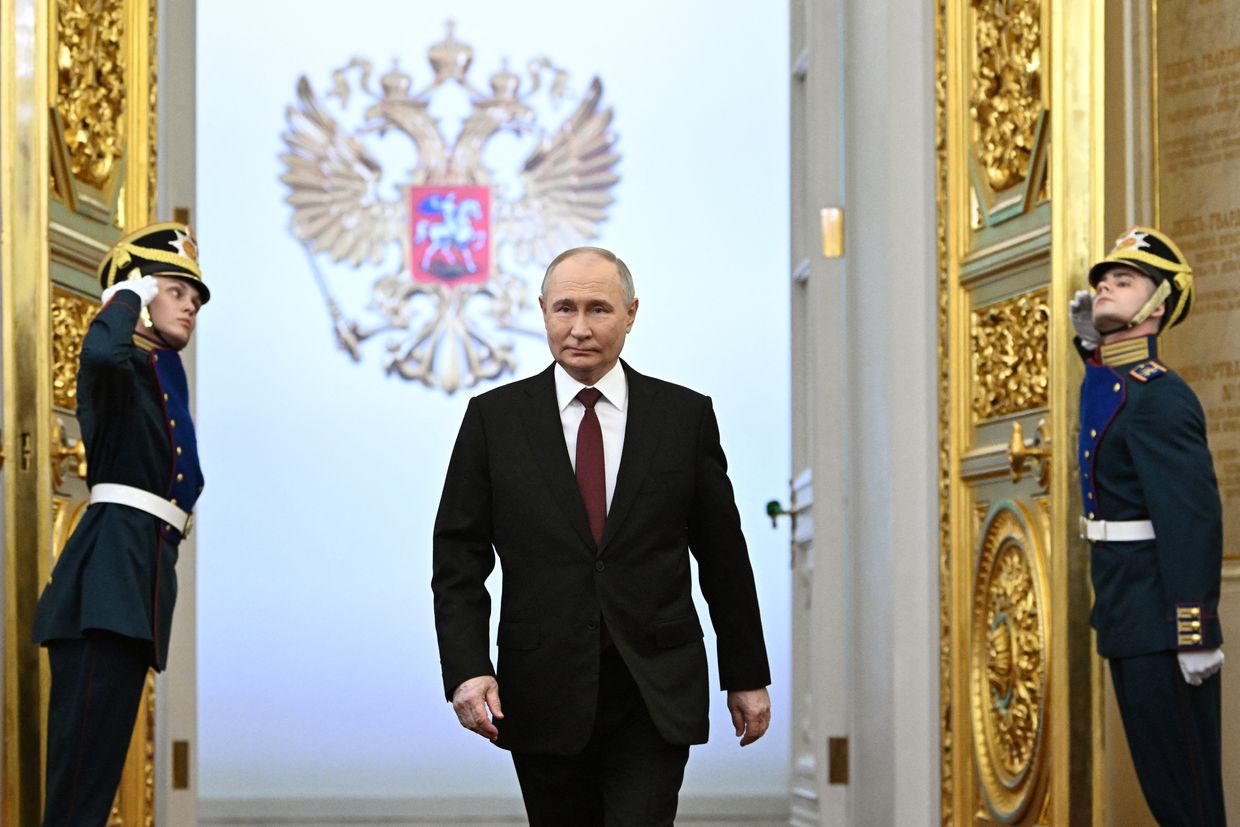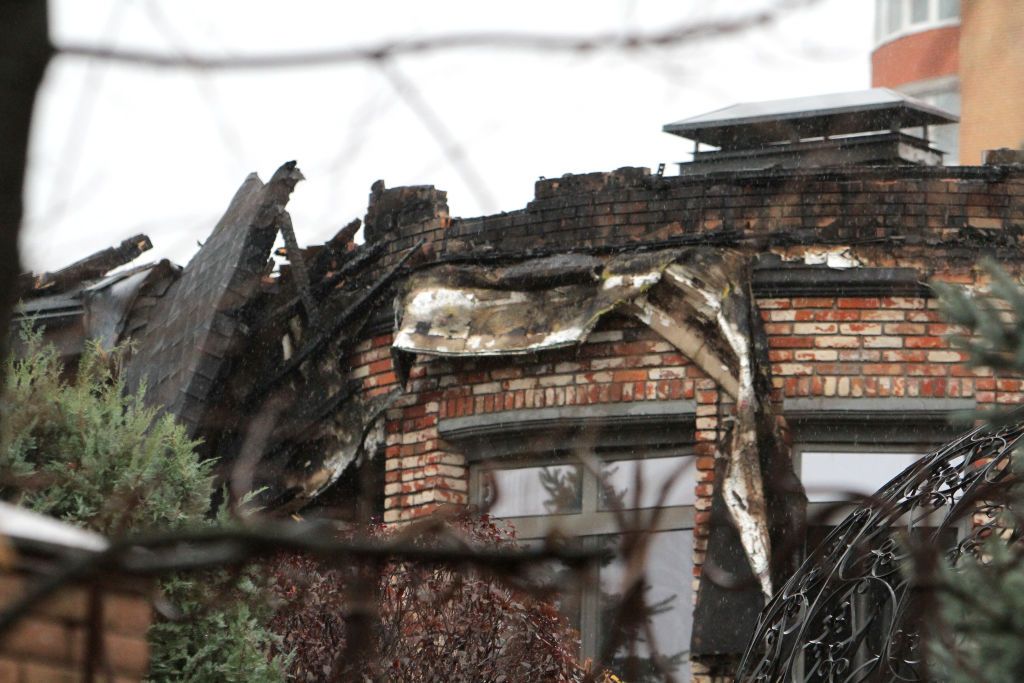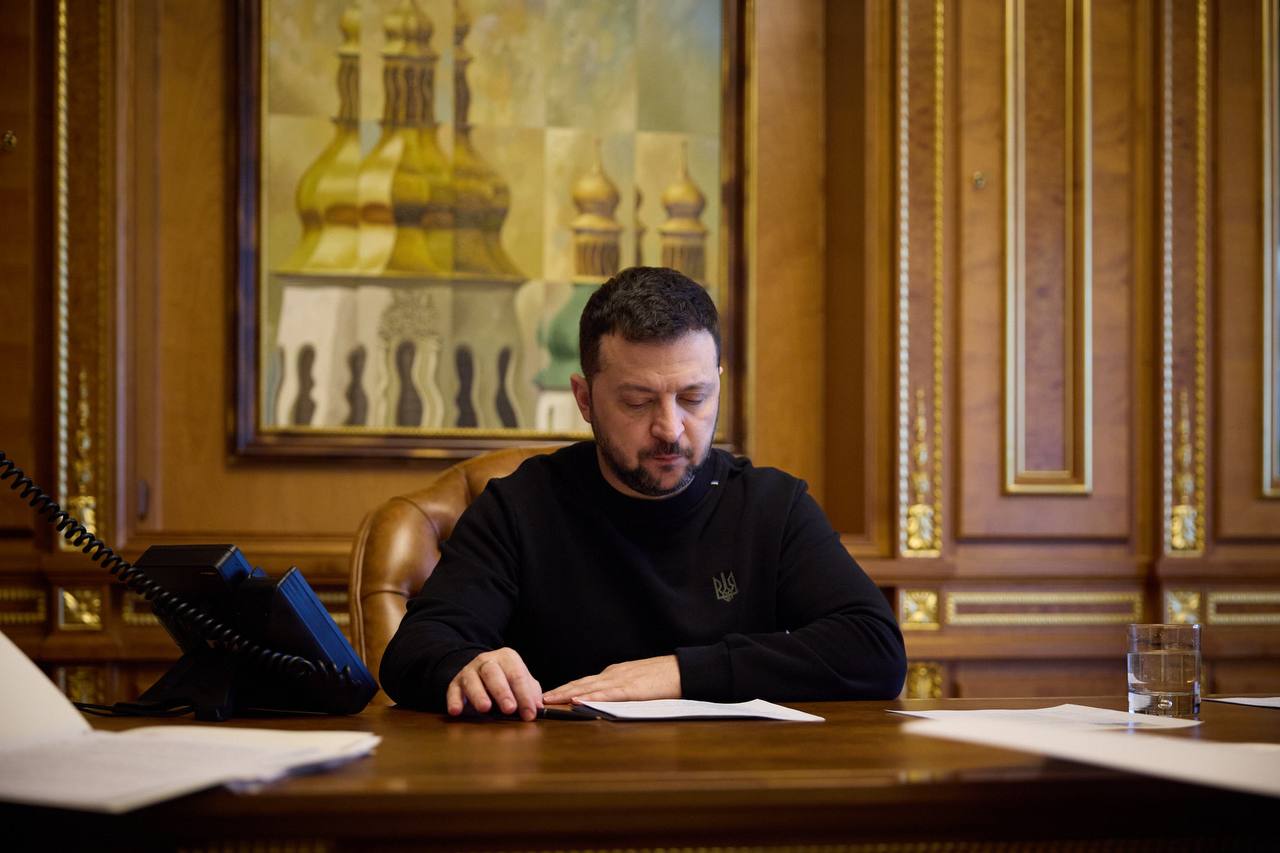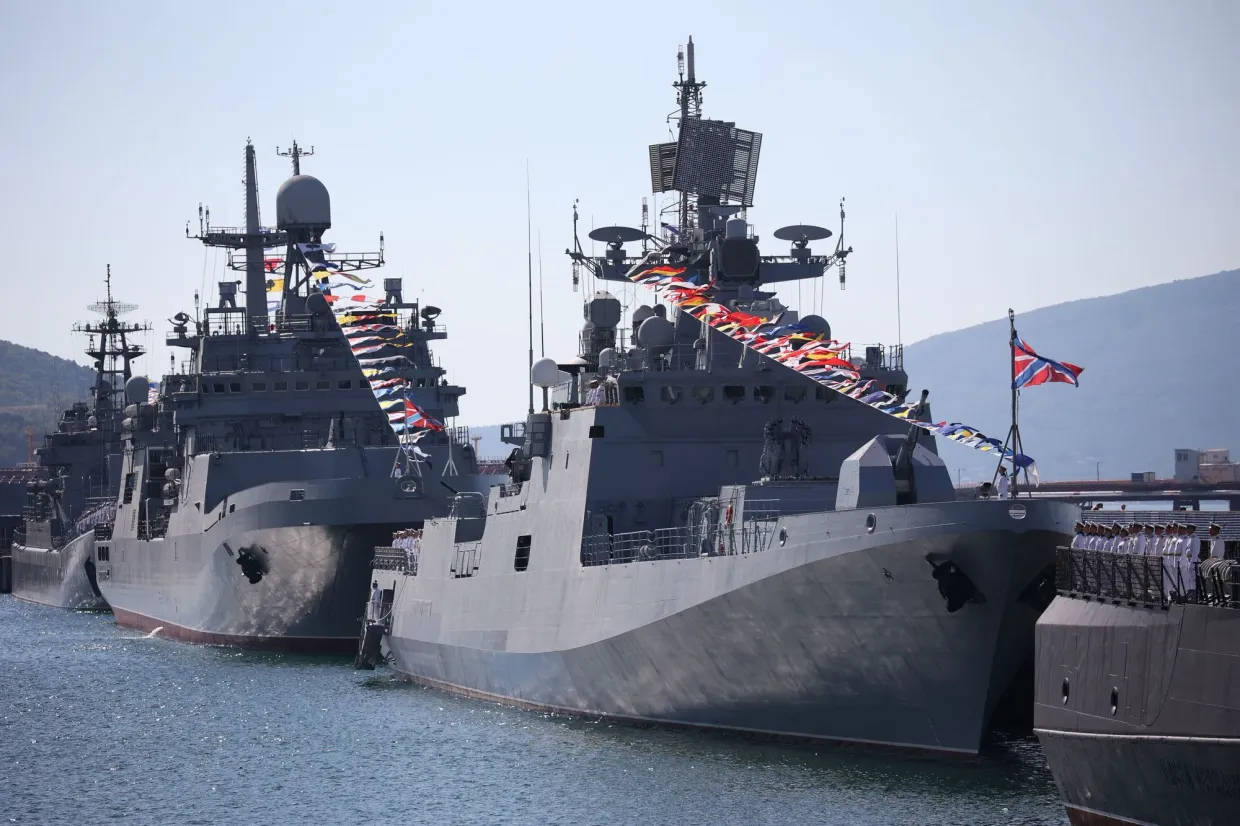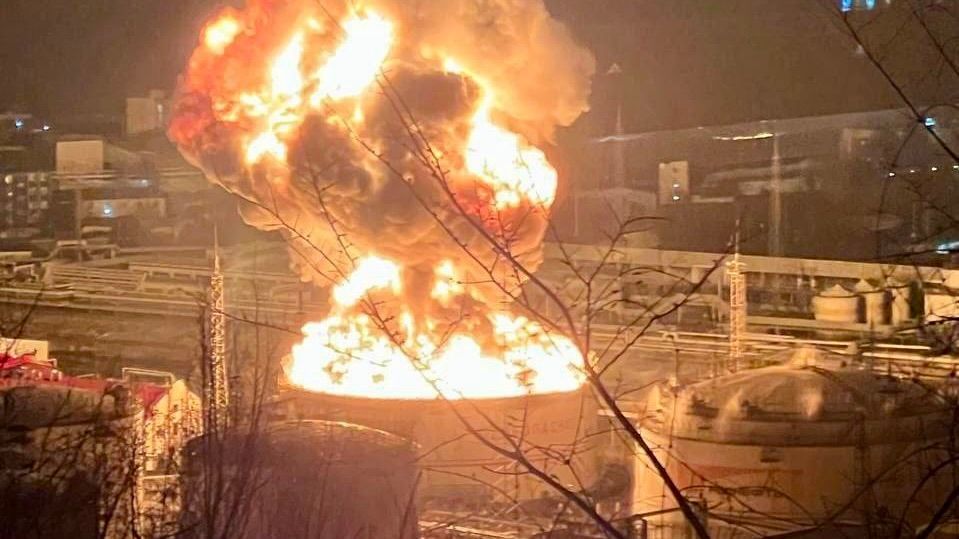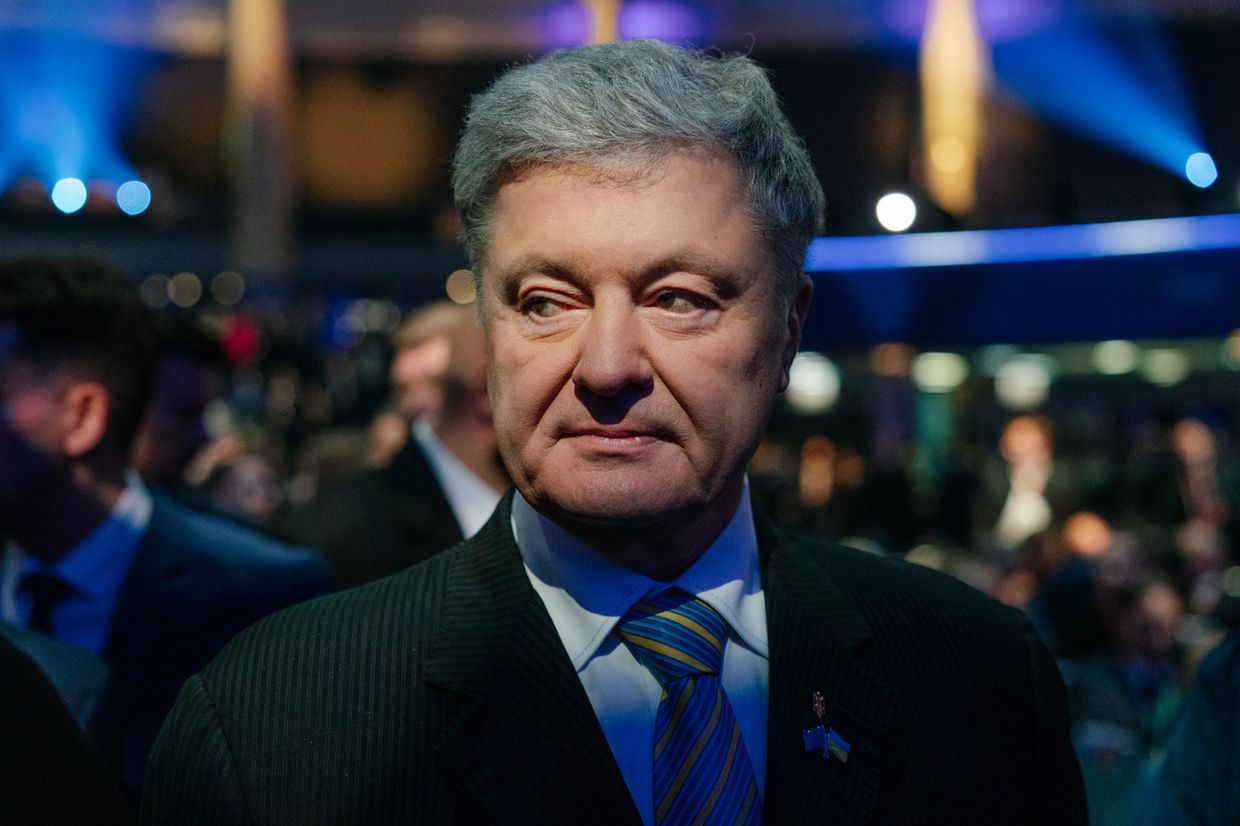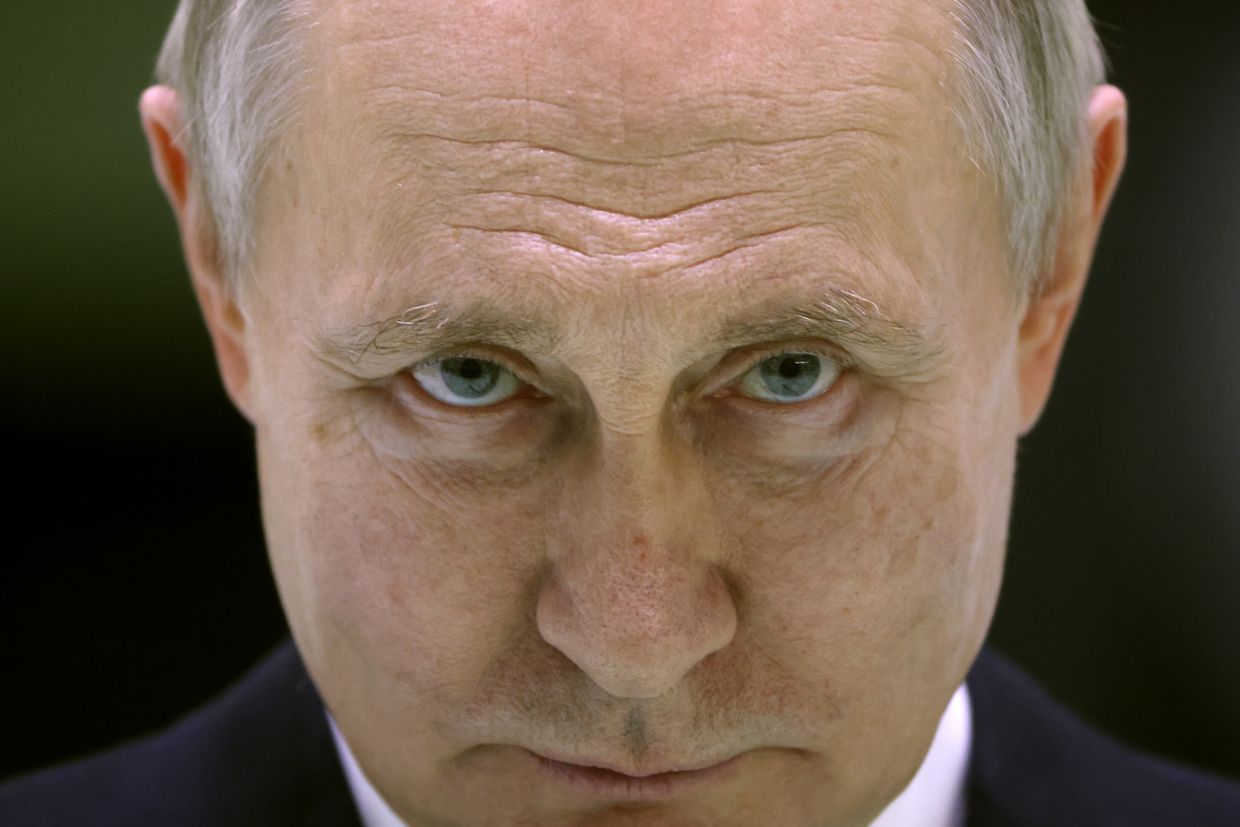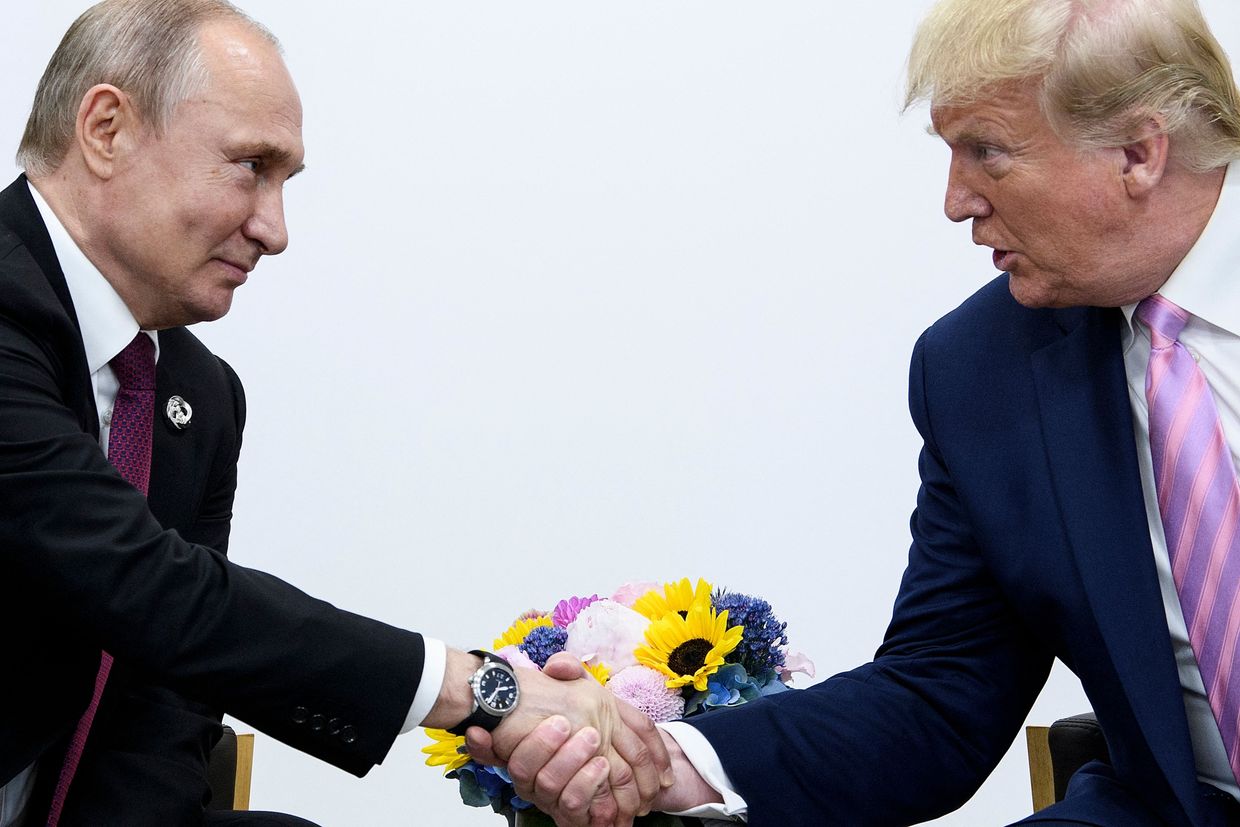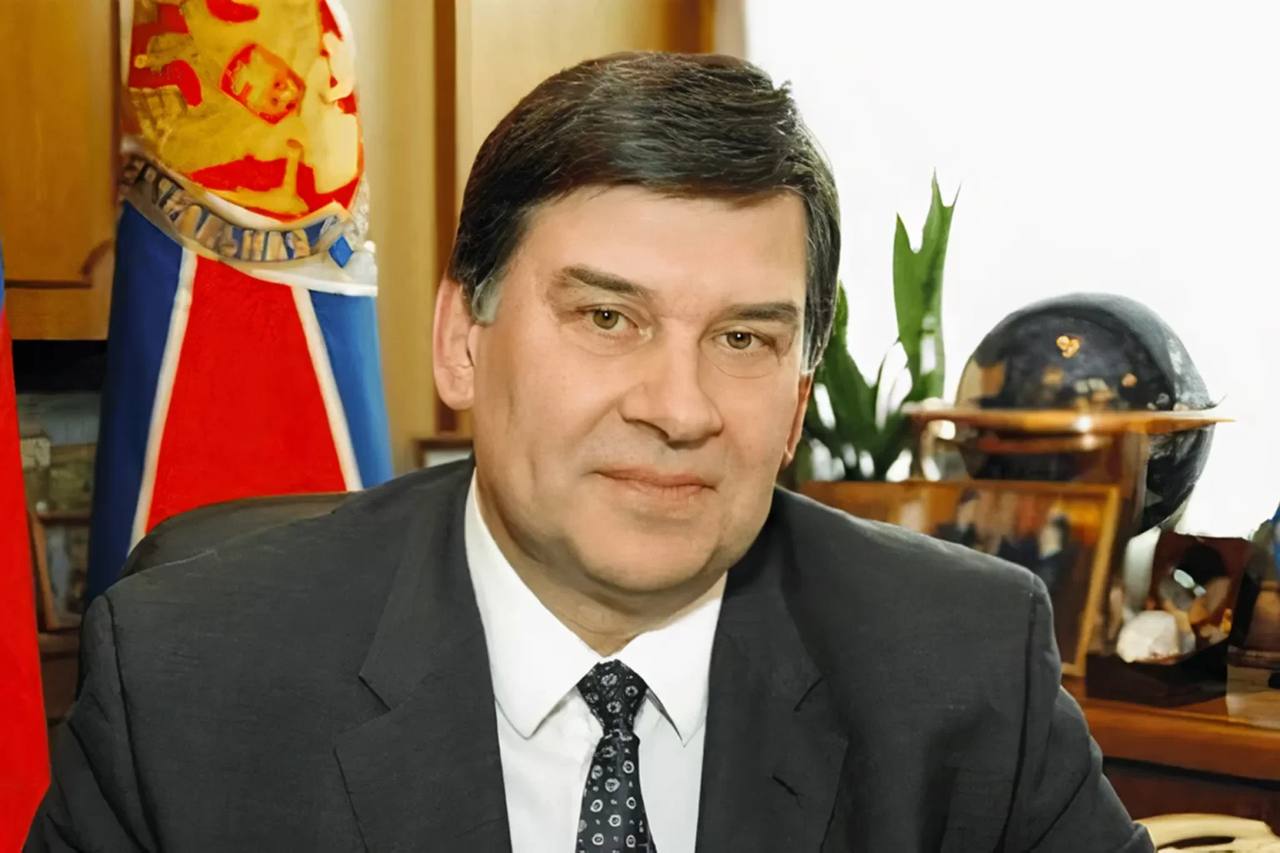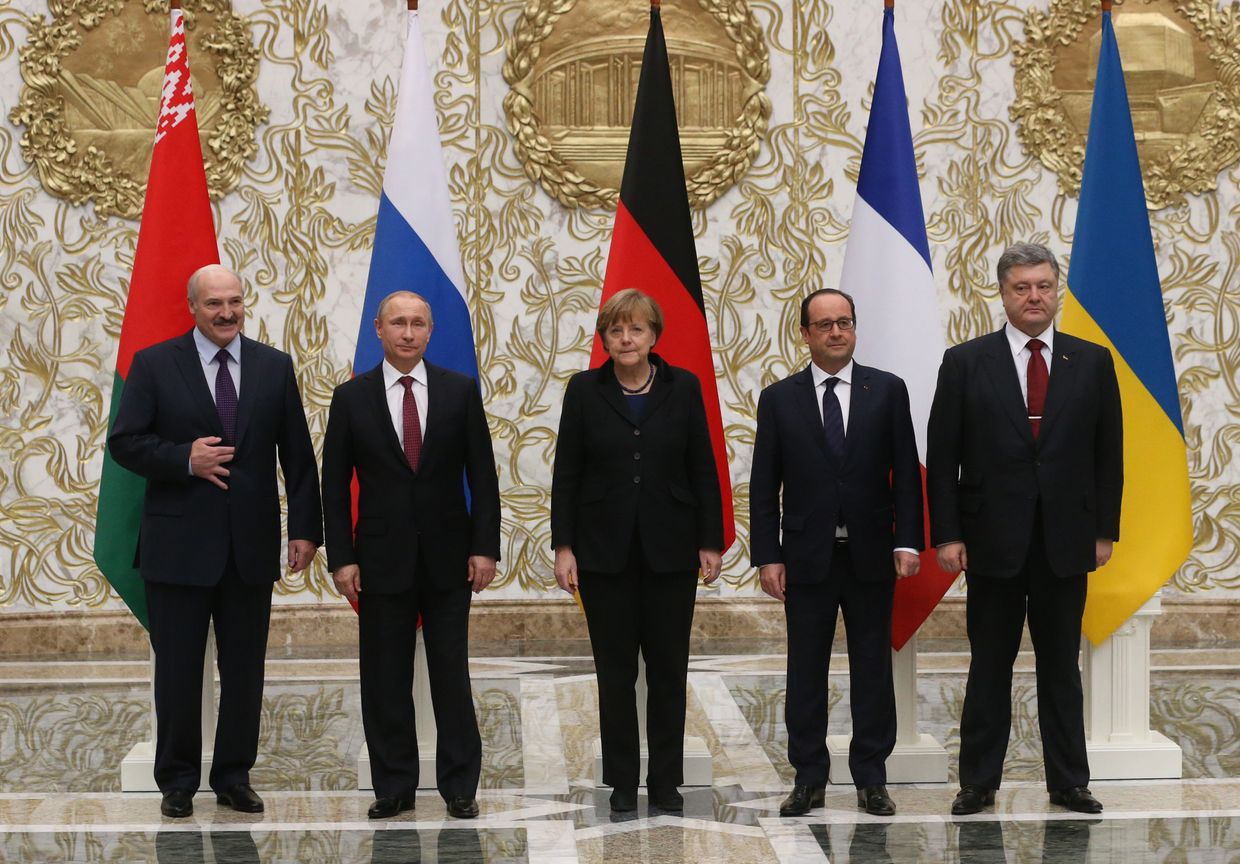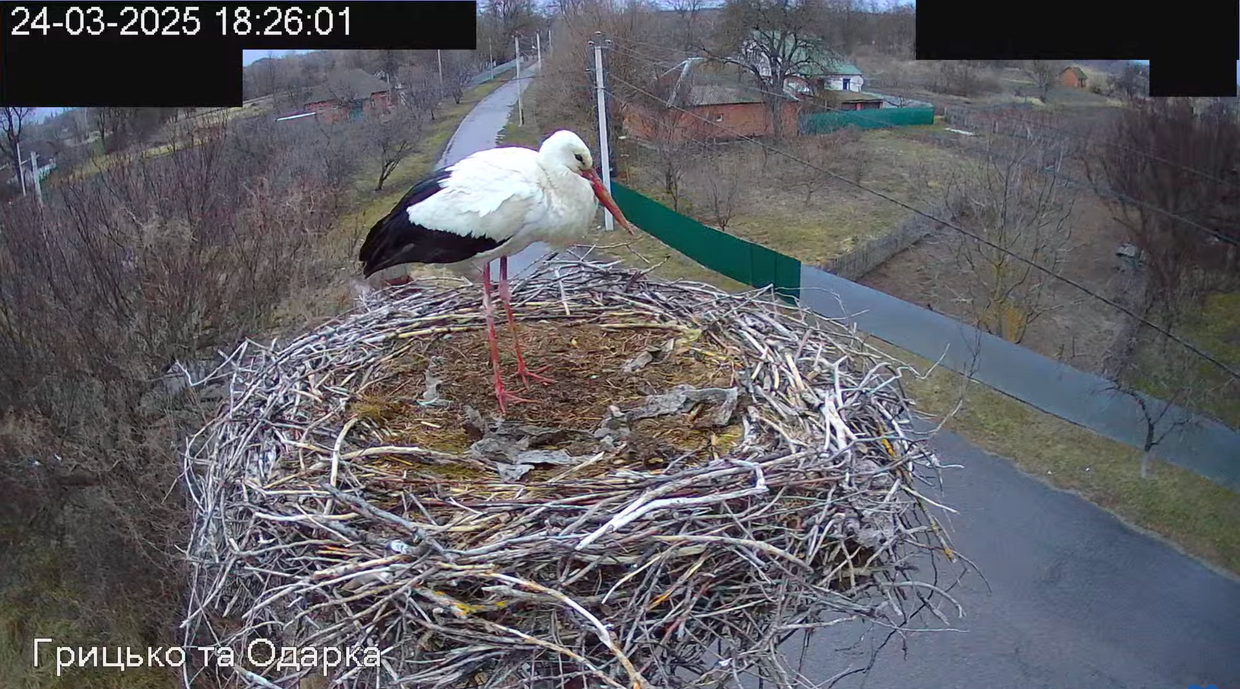Russia has ramped up its use of North Korean ballistic missiles in strikes against Ukraine, with approximately a third of its 2024 attacks involving these weapons, according to Ukrainian military officials and public records analyzed by CNN.
The missiles, powered by Western-made components despite international sanctions, highlight a growing collaboration between Moscow and Pyongyang. North Korea’s role in supporting Russia extends beyond weapons, with about 11,000 North Korean soldiers reportedly deployed to Russia’s Kursk region.
In 2024, Russia launched around 60 North Korean KN-23 missiles, accounting for nearly one-third of the 194 ballistic missile strikes tracked by Ukraine’s Air Force. August and September saw a surge in these attacks, with Ukrainian officials publicly identifying the KN-23 as a significant threat during that period.
"Since the spring, Russia has been using ballistic missiles and attack drones much more to strike Ukraine, and less use of cruise missiles," Yuriy Ihnat, acting head of communications for Ukraine’s Air Force, told CNN.
Ukrainian investigators have uncovered evidence of extensive use of Western components in the KN-23 missiles. According to Ukraine’s Independent Anti-Corruption Commission (NAKO), nine Western companies, including manufacturers from the United States, the Netherlands, and the United Kingdom, produced key components for these weapons.
"Everything that works to guide the missile, to make it fly, is all foreign components. All the electronics are foreign. There is nothing Korean in it," Andriy Kulchytskyi, head of the Military Research Laboratory at Kyiv’s Scientific Research Institute of Forensic Expertise, told CNN. He noted that the missiles’ metal casing, which corrodes quickly, appears to be the only Korean-made part.
Fragments of the missiles, some produced as recently as 2023, suggest a rapid supply chain funneling components to North Korea. Ukrainian Defense Intelligence officials estimate that about 70% of these parts are American, with the rest sourced from Germany, Switzerland, and other countries.
A U.K.-based investigative group, Conflict Armament Research (CAR), previously found that 75% of components in one early KN-23 missile used against Ukraine came from U.S. companies.
Missile strikes involving North Korean weapons have killed at least 28 people and injured 213 in Ukraine this year, according to the Ukrainian prosecutor general.
"Investigating these missiles isn’t easy due to the damage, but we can still identify the vast majority of components as Western-made," said a Ukrainian defense intelligence official.
The exact routes by which components reach North Korea remain unclear, according to weapons-tracing experts, though evidence strongly suggests China as the primary conduit.
"We have successfully traced some of those components, and the last known custodians are Chinese companies," said Damien Spleeters, deputy director of operations at Conflict Armament Research (CAR), an organization that independently tracks diverted weapons. According to Spleeters, Chinese firms acquire the components from manufacturers and pass them through a network of intermediaries.
